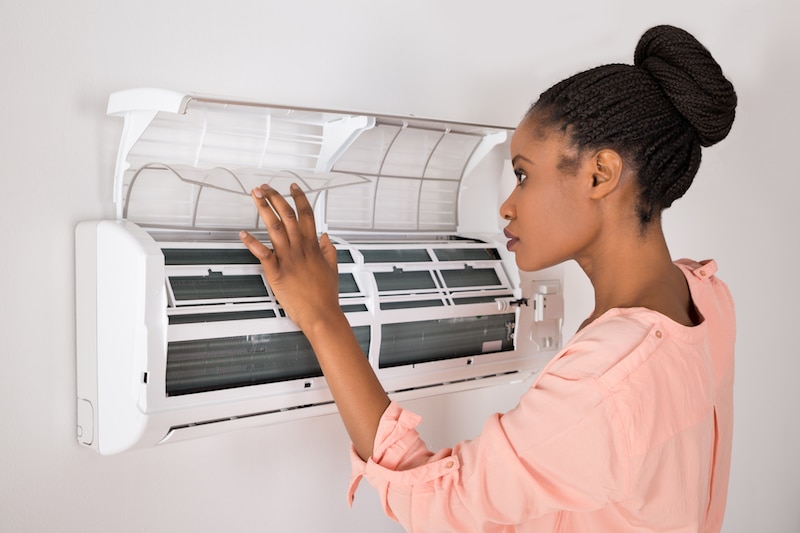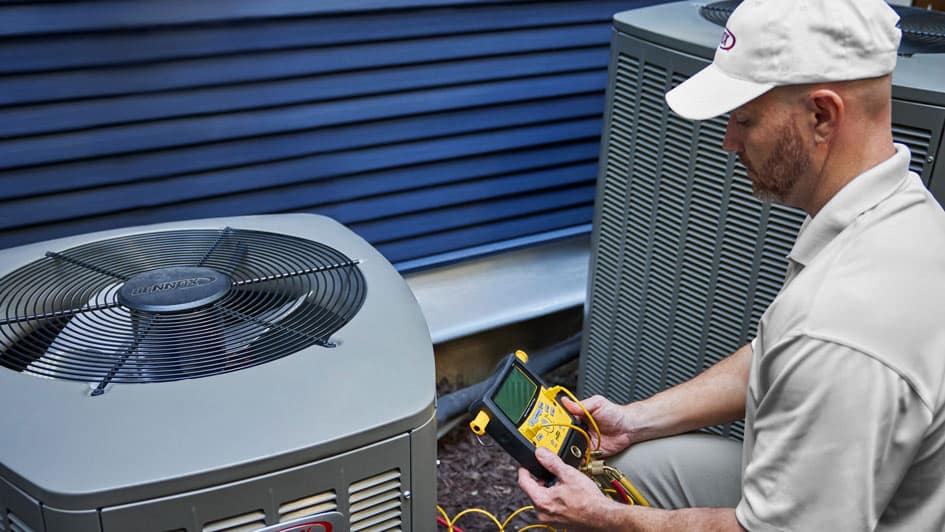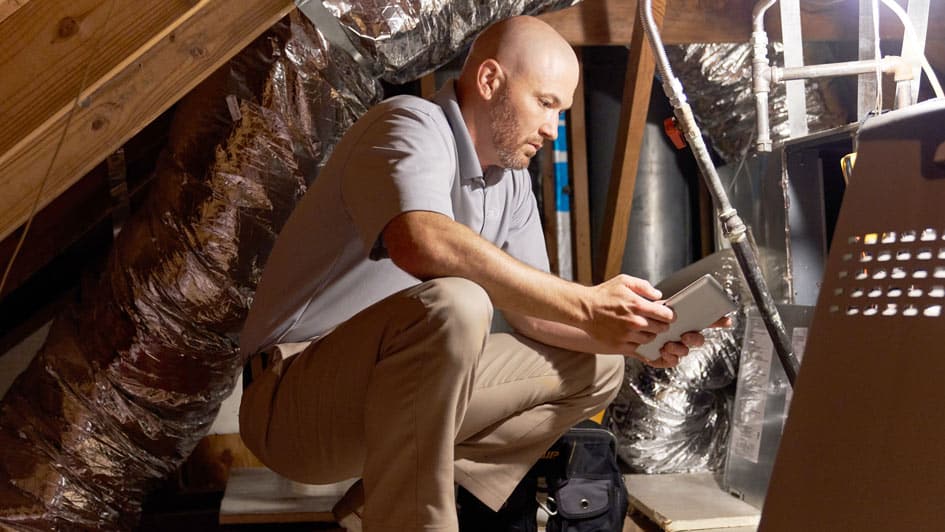
Whats the Most Energy-Efficient AC Setting?
You shouldn’t be forced to compromise on comfort or empty your wallet to keep your residence at the right temp during the summer.
But what is the best temperature, exactly? We go over recommendations from energy experts so you can select the best setting for your home.
Here’s what we advise for the most energy-efficient setting for air conditioning in Abilene.
Recommended Thermostat Settings for Summer
Most households find placing the thermostat at 72-73 degrees is most comfortable. However, if there’s a huge difference between your indoor and outside warmth, your electricity bills will be higher.
These are our recommendations based on the U.S. Department of Energy (DOE) and ENERGY STAR®.
While at home: 78 degrees. While that sounds hot, there are approaches you can keep your residence pleasant without having the air conditioning on frequently.
Keeping windows and blinds closed during the day keeps cold air where it needs to be—inside. Some window treatments, including honeycomb shades or plantation shutters, are designed to give extra insulation and improved energy efficiency.
If you have ceiling fans in your residence, the DOE says you can move thermostat settings about 4 degrees higher without compromising comfort. That’s because they freshen by a windchill effect. As they cool people, not rooms, turn them off when you move from a room.
If 78 degrees still seems too warm at first glance, try running an experiment for a week or so. Get started by upping your thermostat to 78 degrees while you’re at your house. Then, steadily decrease it while following the suggestions above. You may be astonished at how cool you feel at a higher temperature setting.
While away: 88 degrees. There’s no rationale for keeping the AC running all day while your residence is unoccupied. Turning the temp 7¬¬–10 degrees higher can save you an estimated 5–15% on your electricity costs, according to the DOE.
When you come home, don’t be tempted to switch your thermostat below 78 to cool your house faster. This isn’t useful and usually results in a more expensive electricity cost.
A programmable thermostat is a good method to keep your settings in check, but it requires setting programs. If you don’t use programs, you run the risk of forgetting to move the set temperature when you leave.
If you’re looking for a handy solution, consider getting a smart thermostat. This thermostat works with with your phone, so it is aware when you’re at your house and when you’re out. Then it intuitively adjusts temperature settings for maximum savings. How much exactly? About $180 each year on heating and cooling, according to ENERGY STAR.
Another plus of installing a smart thermostat? You can use your phone to keep an eye on and regulate temperature settings from almost anywhere.
While sleeping: Around 70 degrees. While ENERGY STAR suggests 82 degrees, that may be unbearable for most families. Most people sleep better when their sleeping space is chilled, so that’s why the National Sleep Foundation suggests 60–67 degrees. But that could be too cool, based on your PJ and blanket preference.
We recommend running a comparable test over a week, setting your thermostat higher and steadily decreasing it to pinpoint the ideal temperature for your family. On cool nights, you might discover keeping windows open at night and relying on a ceiling fan is a superior solution than operating the air conditioner.
More Approaches to Conserve Energy This Summer
There are added methods you can spend less money on AC bills throughout hot weather.
- Upgrade to an energy-efficient cooling system. Central air conditioners only last about 12–15 years and get less efficient as they become older. A new air conditioner can keep your home more comfortable while keeping energy
- Schedule annual AC maintenance. Annual air conditioner maintenance keeps your system working smoothly and may help it work more efficiently. It may also help prolong its life expectancy, since it enables professionals to pinpoint little troubles before they cause a big meltdown.
- Replace air filters often. Use manufacturer instructions for switching your air filter. A dusty filter can result in your system short cycling, or turn on and off too often, and drive up your electrical
- Inspect attic insulation levels. Just about 90% of residences in the United States don’t have adequate insulation, according to the Insulation Institute. Most southern climates need 13–14” of attic insulation, while northern climates should have 16–18”.
- Have your ductwork examined. Ductwork that has loosened as it’s aged can seep conditioned air into your attic, walls or crawl space. This can result in major comfort problems in your residence, such as hot and cold spots.
- Seal cracks, doors and windows. Keep warm air where it belongs by plugging holes. You can also caulk or weather strip doors to seal more cold air indoors.
Conserve More Energy During Hot Weather with Abilene Air-Tech Inc
If you are looking to use less energy during hot weather, our Abilene Air-Tech Inc specialists can help. Reach us at (325) 692-5850 or contact us online for additional info about our energy-conserving cooling options.
Don't wait until your AC breaks down - get a professional maintenance check now.
Contact



